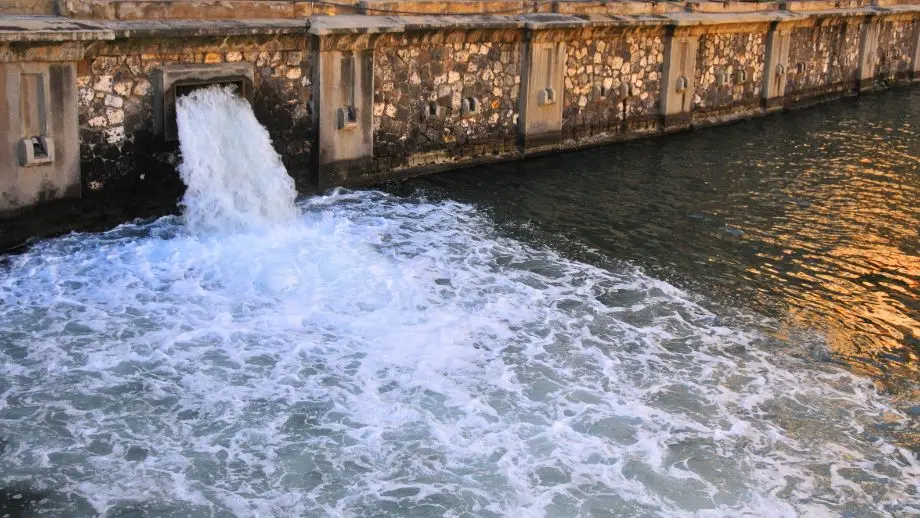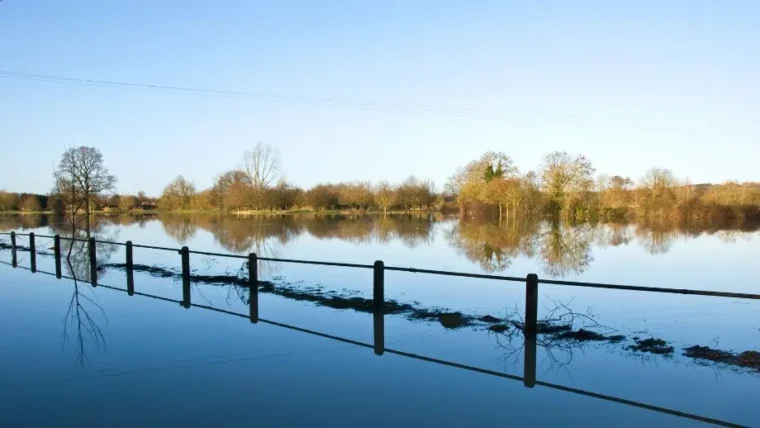Chemical Oxygen Demand: A comprehensive FAQ
7 August 2023

Understanding Chemical Oxygen Demand (COD) is necessary to understand your organisational impact on water quality and aquatic organisms. It can be rapidly measured to give information about waterbodies and effluents from industrial and treatment plants. Measuring COD can also give an indication of the required size of a wastewater treatment plant for a specific location and the necessary processes.
As COD is a water quality measure, many governments impose strict regulations regarding the maximum COD of wastewater discharge. For example, in England the Environment Agency sets this at 250 mg/l O2.
What is COD?
COD stands for “Chemical Oxygen Demand” and is a measure of the amount of oxygen required to chemically oxidise organic substances in water such as ammonia or nitrate, in applications such as lakes, rivers or wastewater which have been contaminated by domestic or industrial waste. It is used to provide an indication of the level of pollution in a water course, especially after a water treatment process.
What is the difference between COD and BOD?
Biochemical oxygen demand (BOD) is the amount of oxygen required by the microorganisms to break down organic material, whereas chemical oxygen demand (COD) is the amount of oxygen required to break down the organic material via chemical oxidation.
Does COD affect dissolved oxygen (DO)?
Dissolved oxygen (DO) is the amount of dissolved oxygen present in a waterbody.
A high level of COD in a wastewater treatment plant means that the wastewater contains too much material that will be oxidised and reduce the DO of the waterbody, if the effluent is discharged.
Why do we measure COD?
- To assess the quality of water bodies.
- To confirm wastewater discharge and the waste treatment procedure meets criteria set by regulators.
- Increased COD will put stresses on aquatic organisms – The higher the COD, the faster oxygen is depleted in the stream. This means less oxygen is available for forms of aquatic life. Aquatic organisms begin to suffocate and die. The measurement of COD is a quicker measurement than the typical 5-day test required for BOD, so is more useful for real time monitoring.
What is a “good” COD level?
A good COD level would be 0mg/l, but is not really possible for most treatment processes to achieve. Normally an acceptable maximum COD discharge limit will be set by the local governing body e.g. Environment Agency or Water Utility Company.
How can you measure COD?
The measurement of COD is often carried out by adding a strong oxidising agent, such as potassium dichromate, to a sample under acidic conditions and heated for 2 hours. The amount of dichromate left provides an indication of how much organic matter was present. This can be measured by gradually adding a coloured indicator that reacts with the dichromate. The resulting colour will change when there is no more dichromate to react. This end point is monitored either visually or via photometry, and the volume of indicator used can be used to calculate the original COD content.
Why is COD a better parameter to monitor than BOD?
COD measurement levels normally take around 2 hours either in a laboratory or with an online analyser, so is a quicker test than a BOD measurement which takes around 5 days.
COD measurement is faster and therefore can be used to monitor and control an effluent discharge.
Understanding the COD and BOD (biological oxygen demand) of your trade effluent is essential to grasping your impact on water quality – along with other parameters you may be required to monitor under the Environment Act 2021. It can be measured quickly to gain valuable information on water bodies and industrial or wastewater treatment plant effluent.









